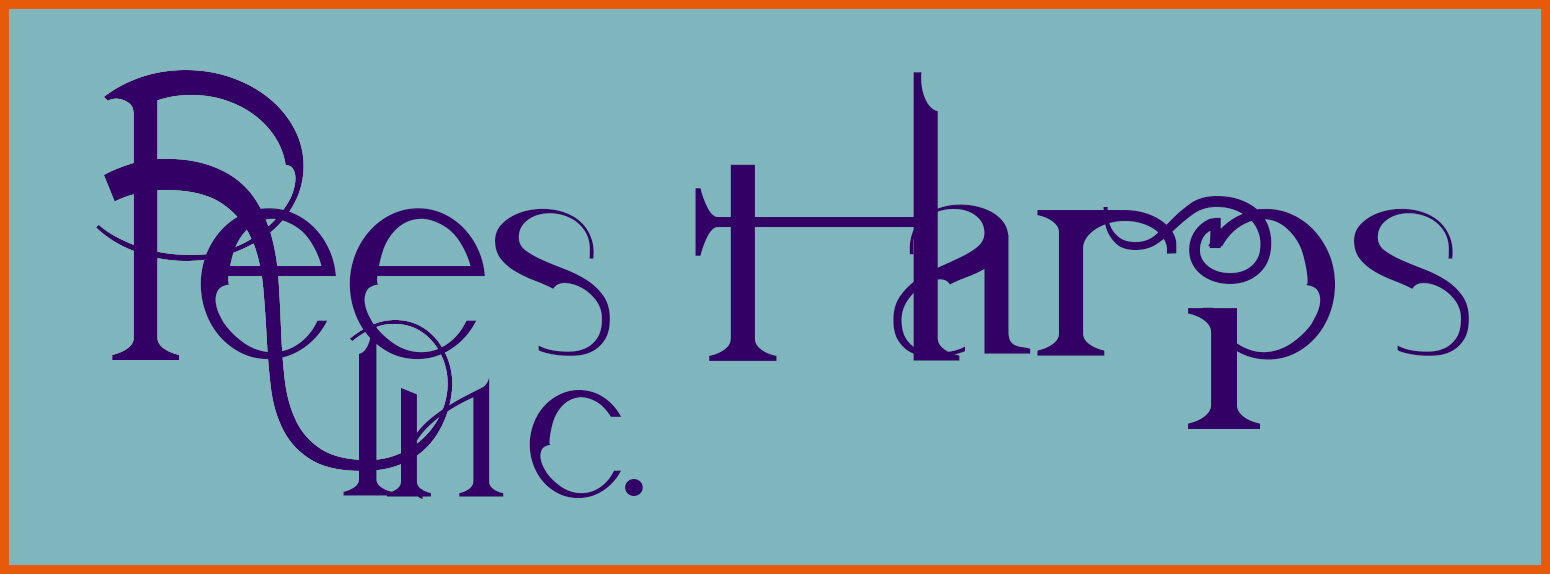Sunlight seeps into a spruce forest.
Carbon Fiber Harps
Harps are latecomers to the world of composites and there are some logical reasons to consider this material. Instrument composites are synthetically generated combinations of graphite (carbon/carbon), an epoxy resin matrix with additives to enhance the acoustic properties and, sometimes, polyesters. Composites are durable and dimensionally stable. They can be formed into shape and, of particular importance, are of low weight and high stiffness. Composites are also not sensitive to humidity, which is interesting in and of itself. In guitars, companies like Ovation and Rainsong have long been using composites for decades. Other lutheries have been fabricating composite violins for nearly as many years.
Still, after all these decades, few guitar or violin pros choose to play composites or, for that matter, record with them. The reasoning is most clearly defined in words taken from a piece of literature distributed by a composites manufacturer:
In general, composites can be designed to be a consistent medium for sound propagation. Woods have hard and soft parts within the material, inconsistencies which can produce a variety of sonic and structural effects. In wood, long continuous fibers produce the most powerful sound. Fibers in a longitudinally-oriented composite achieve the same goal. Composites, properly produced, do not have pockets, splits, non uniform density and non-cohesive materials altering their internal structure. Such discontinuities can alter the speed and quality of transmission of a sound wave. Properly designed composites also do not produce frequency peaks and dead spots associated with wood and some other materials. They are not susceptible to variations in humidity. - Moses, Inc.
In other words, instruments built of composites do not sound like instruments built of wood. They do not have the harmonic character or depth of voice that individual woods bring to a great instrument. Composites away the disadvantages of woods but the glories as well. Carbon fiber harps are extremely light, easy to transport and are not sensitive to heat, cold or humidity. All of that is of value and has its place within the harp community. Still, at Rees we like woods because they are not perfect. We believe it is those very imperfections which add a grace and life we find precious.



